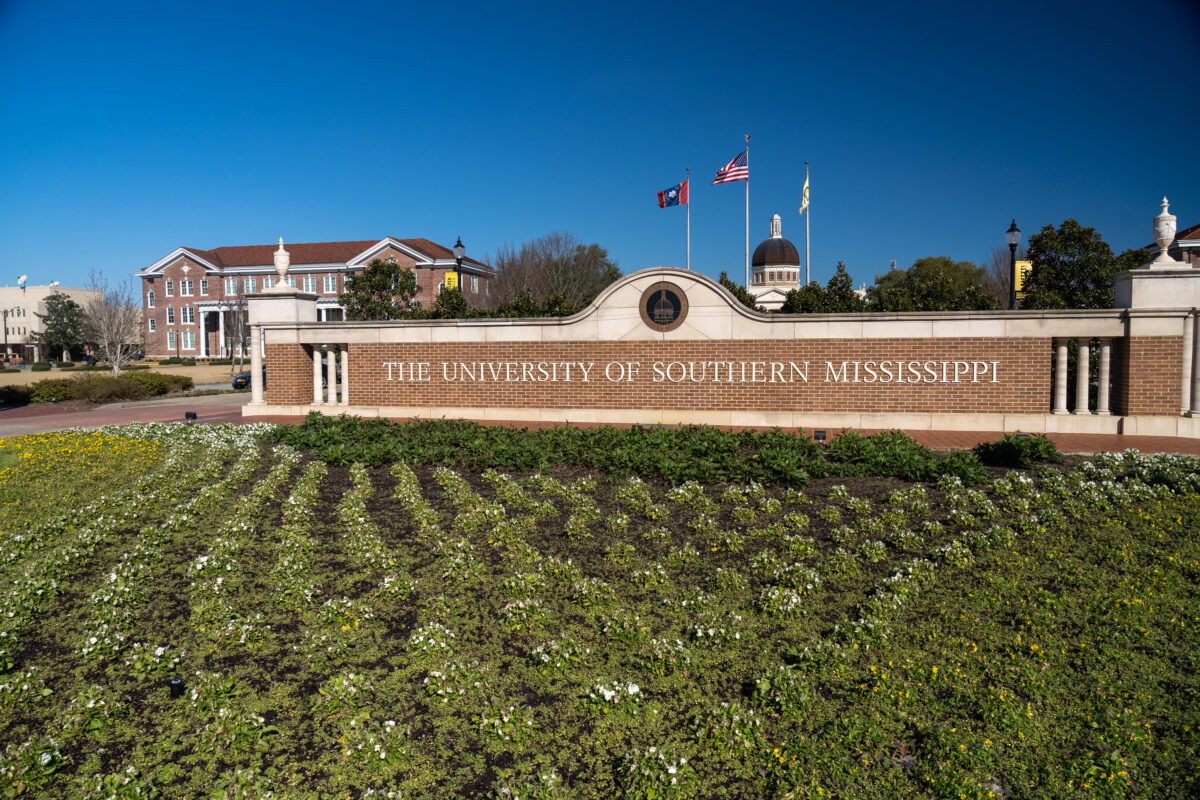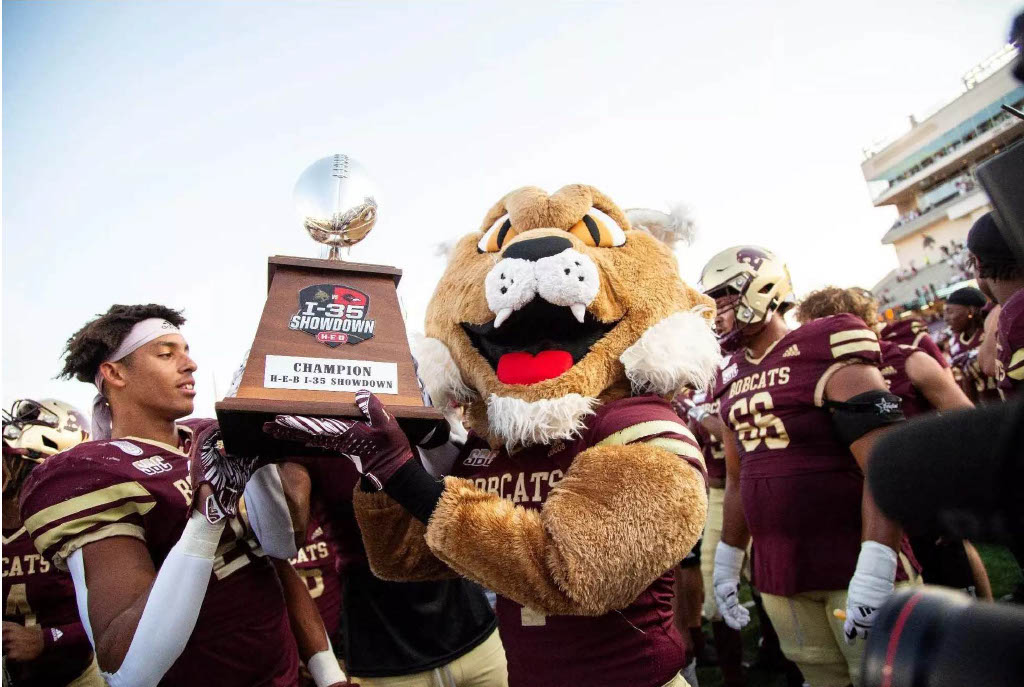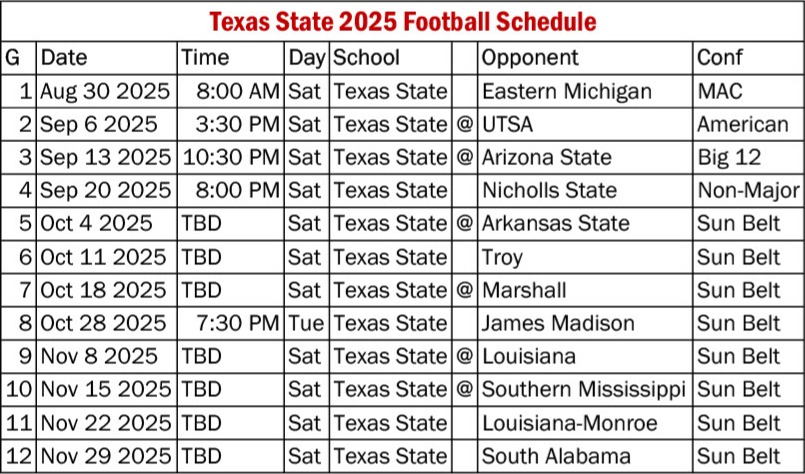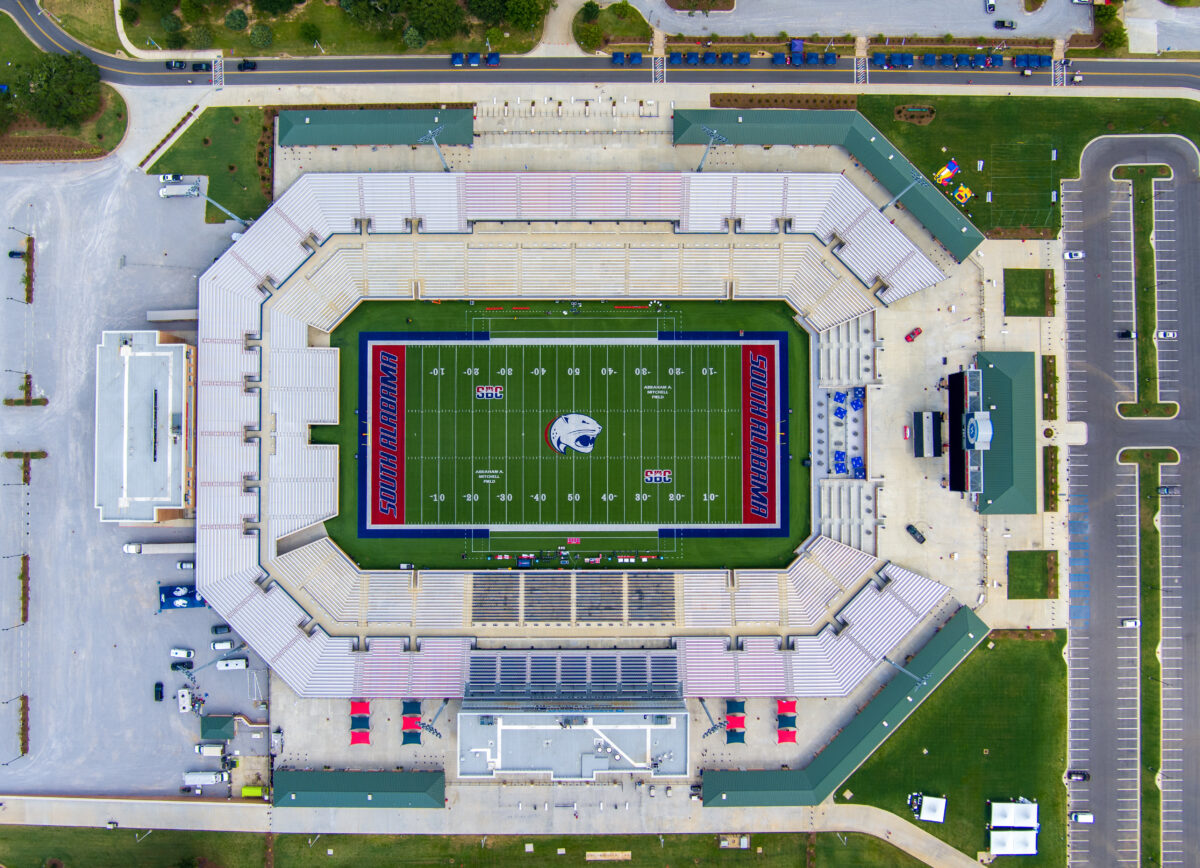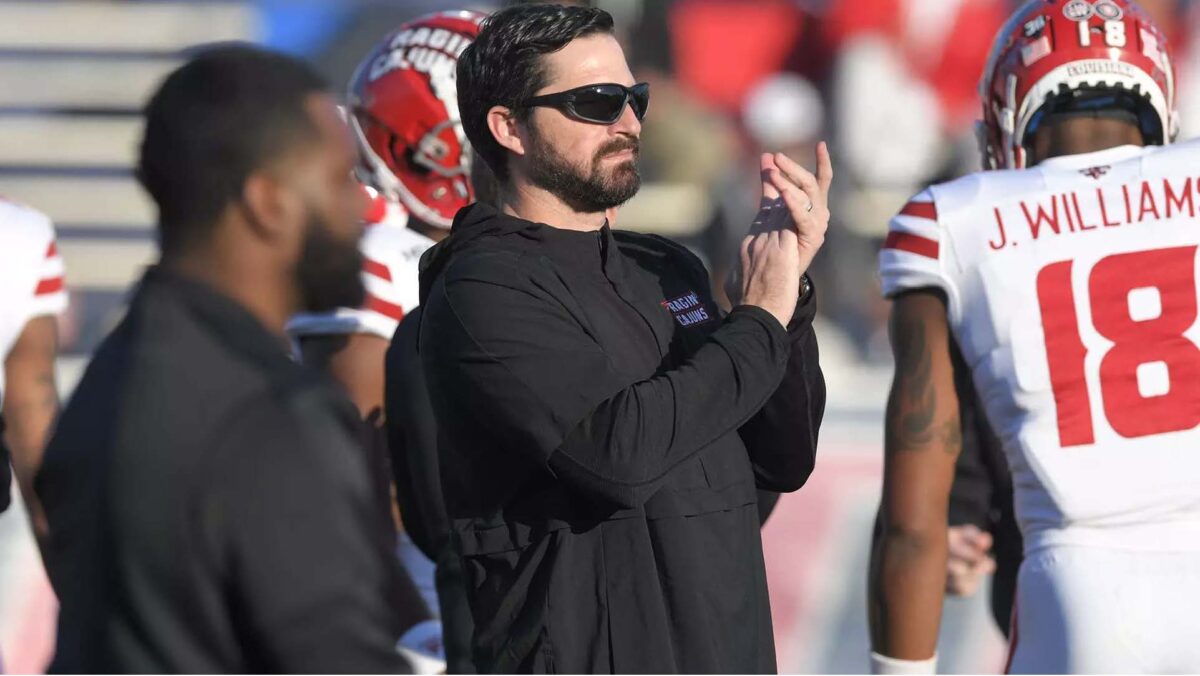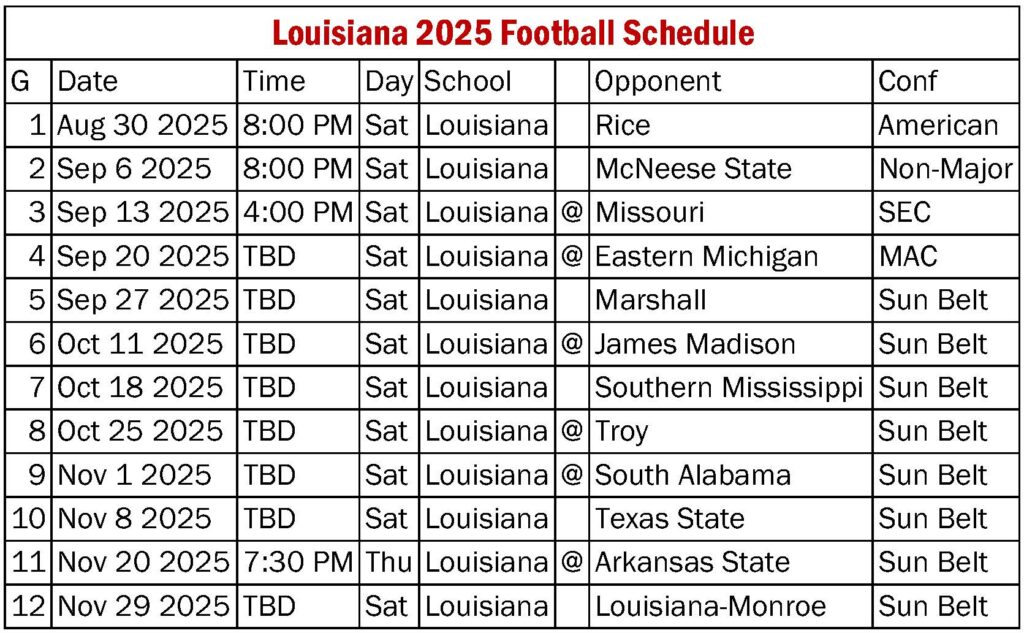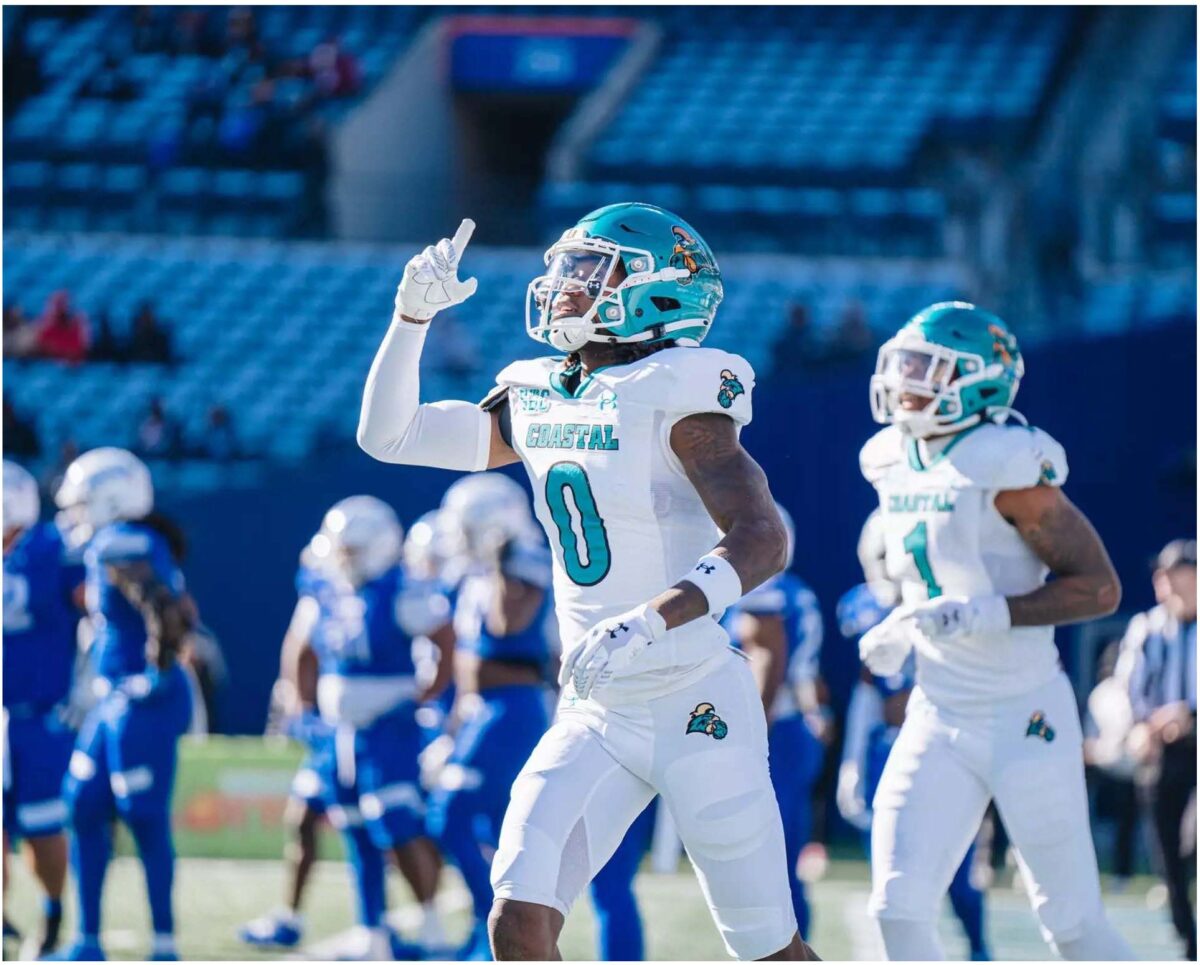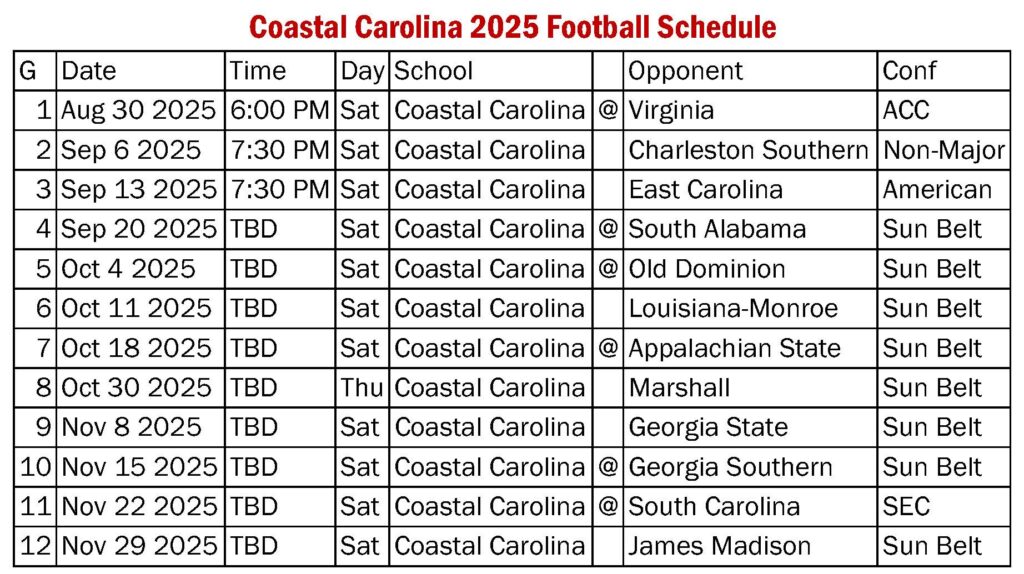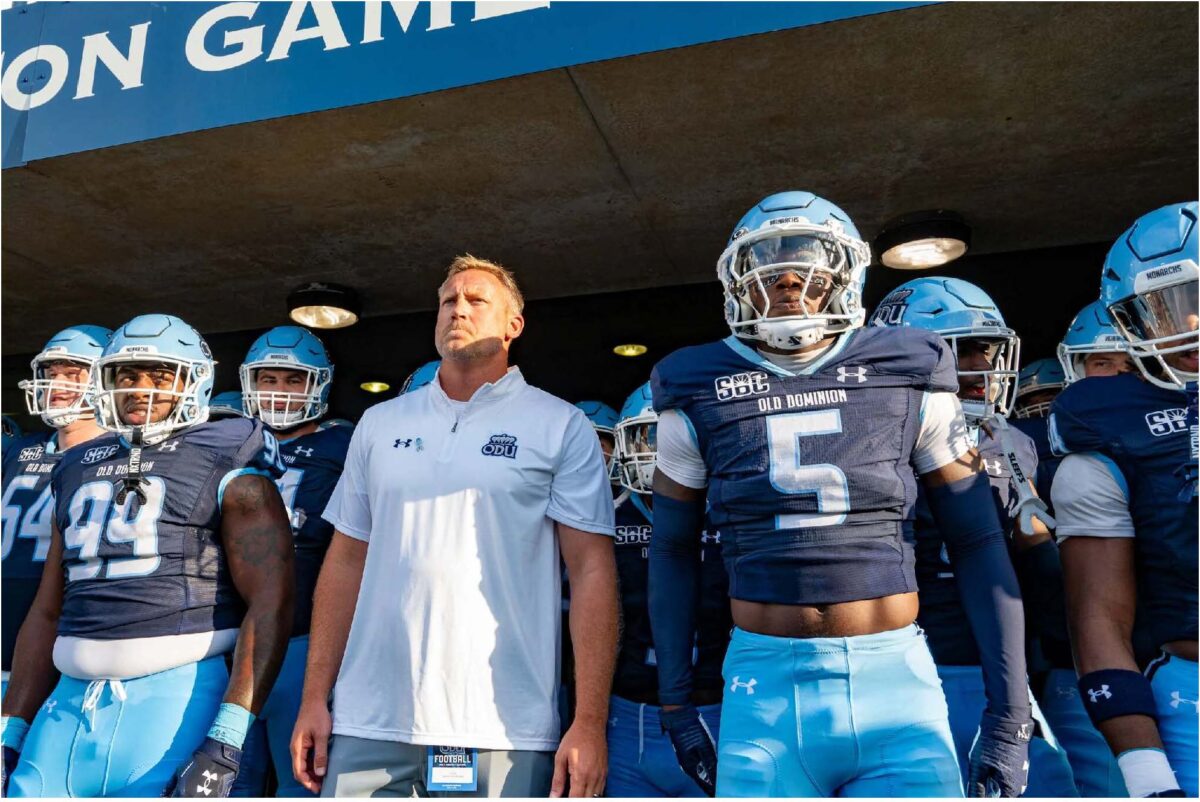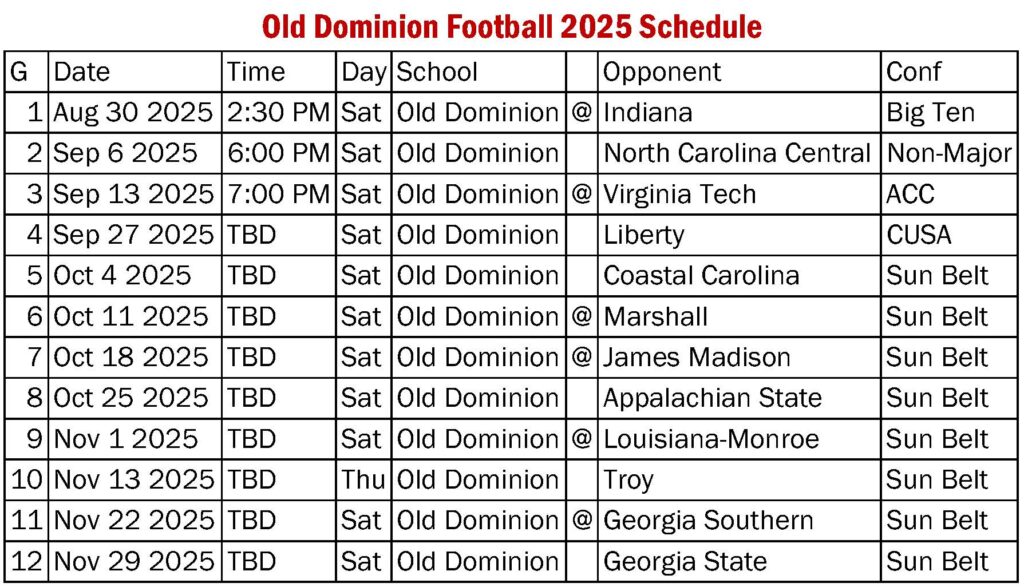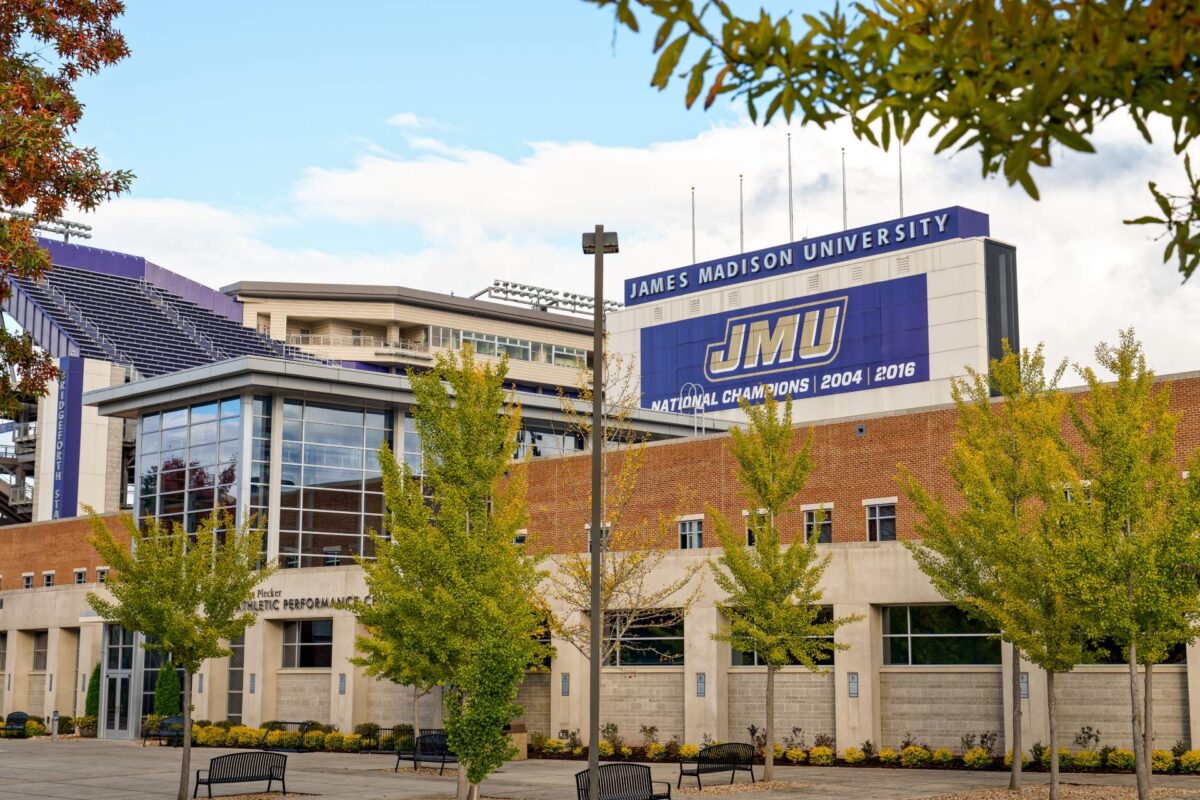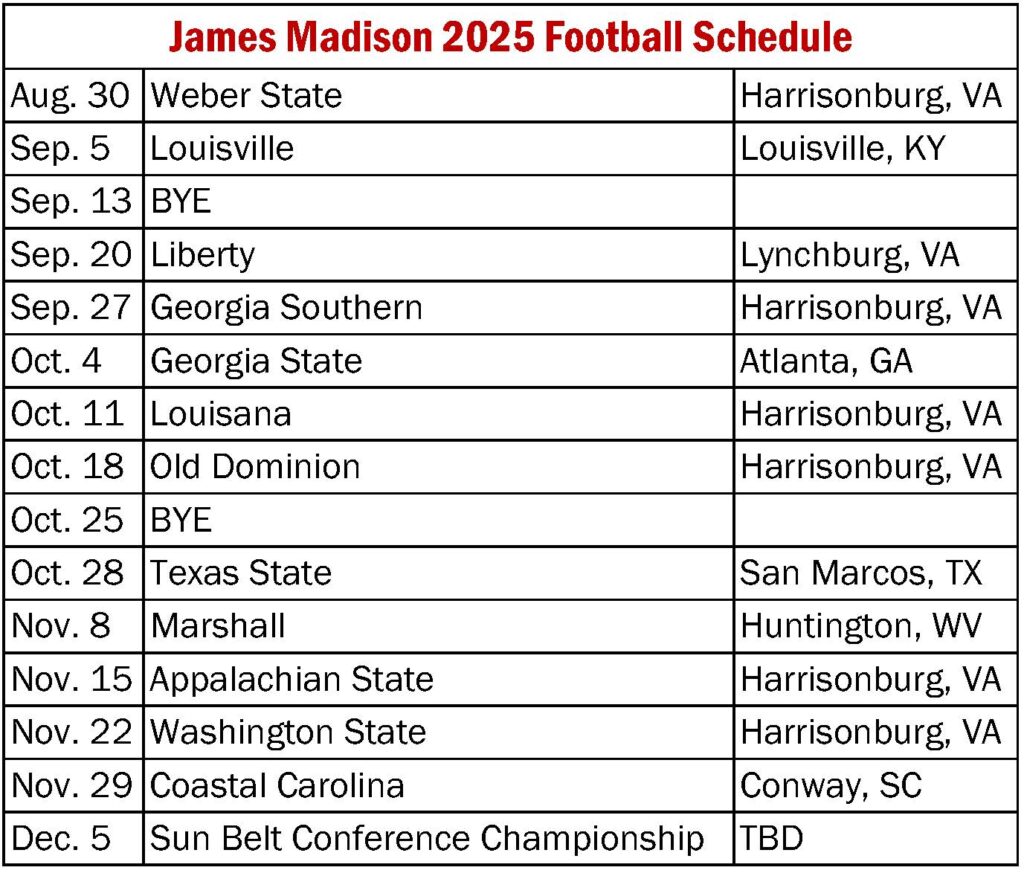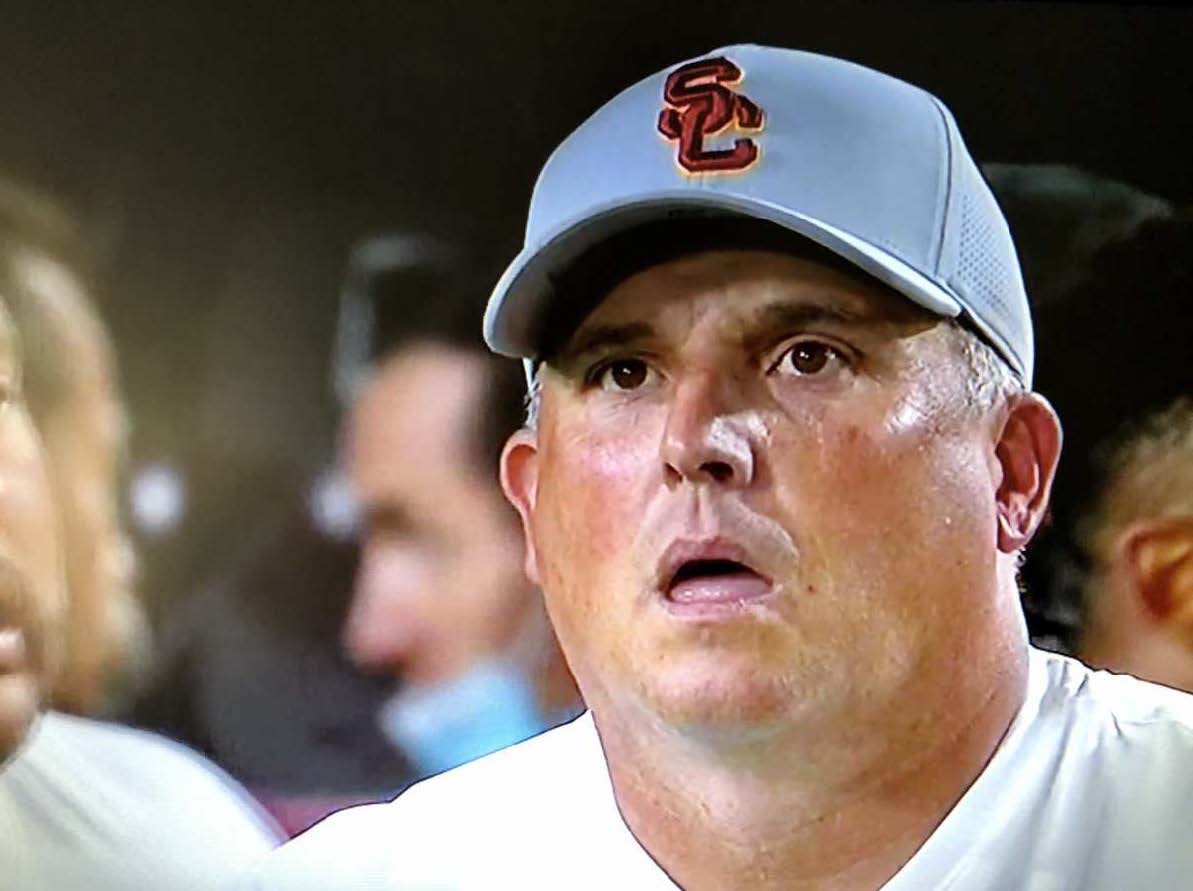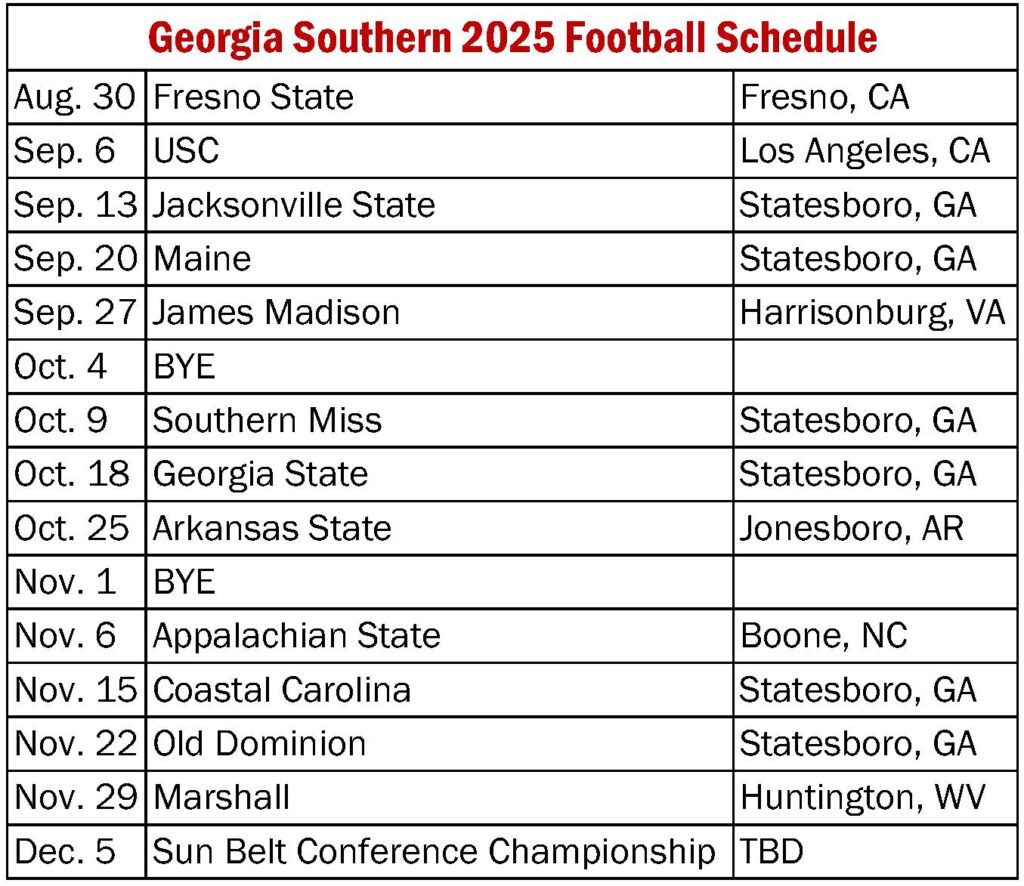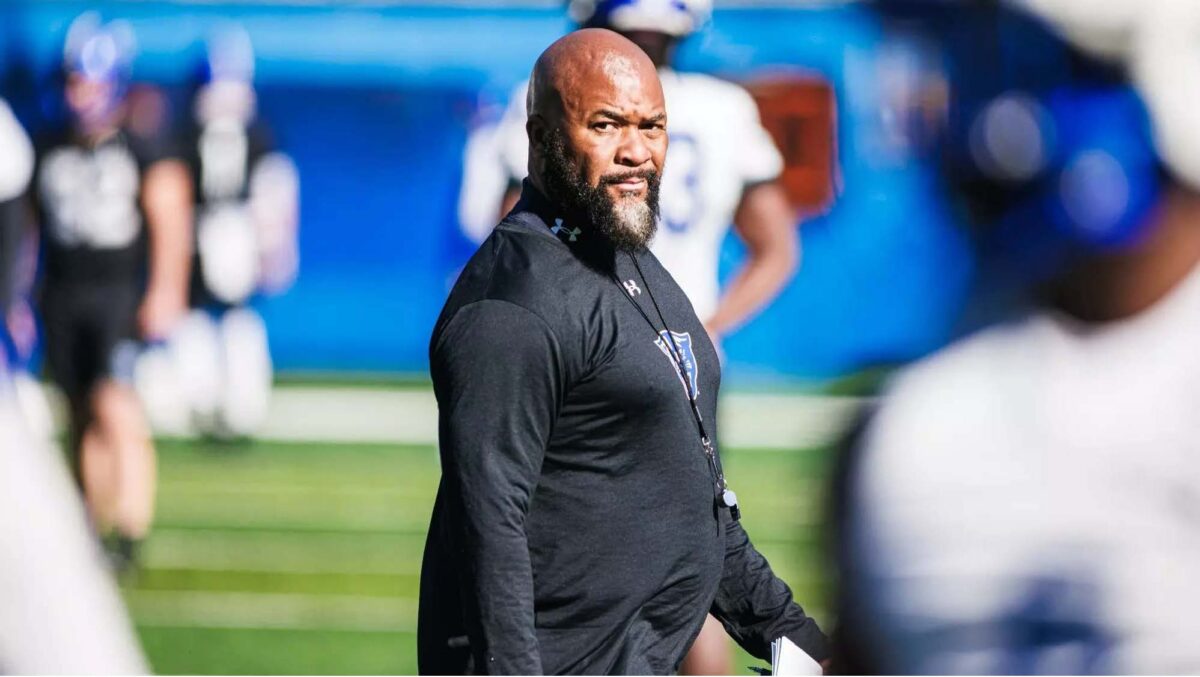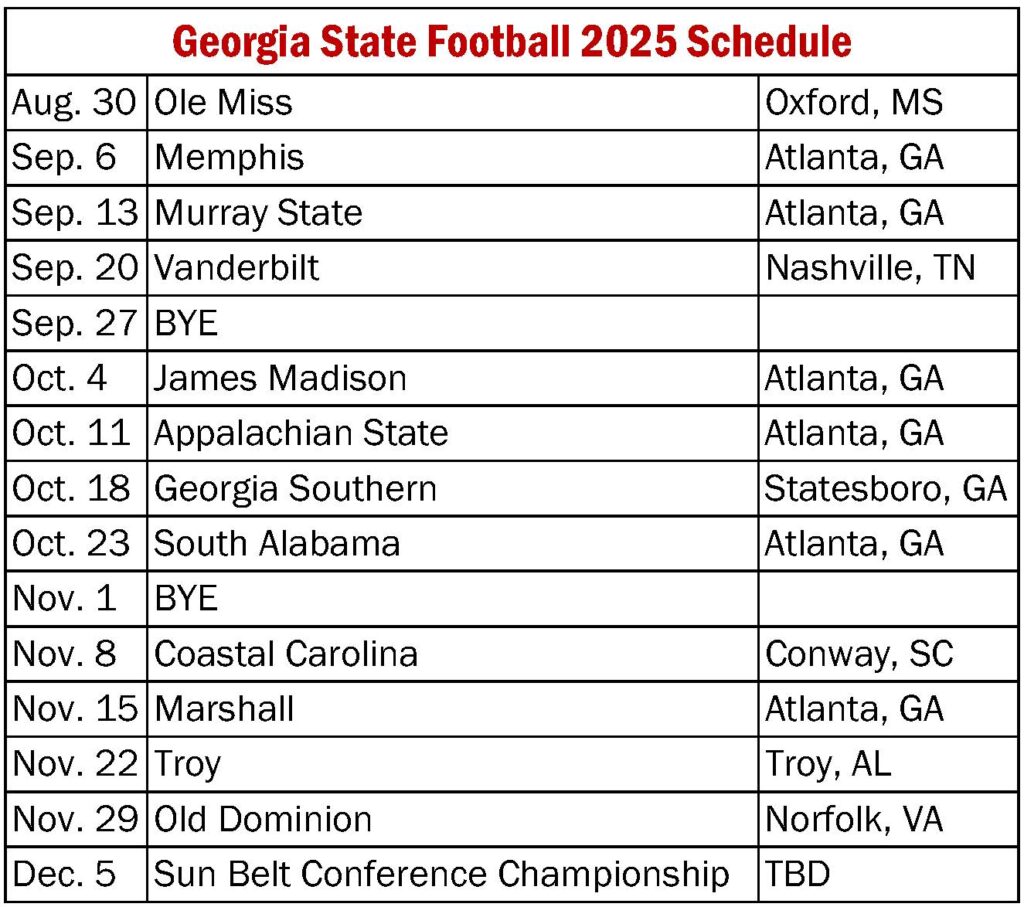Blog Article
Southern Miss Football 2025: Charles Huff Just Copy-Pasted a Championship Program
Here’s what everyone is missing about the Southern Miss hire.
Charles Huff didn’t just take a new job. He literally copy-pasted an entire championship program from Marshall to Hattiesburg. Most coaching hires involve one person switching schools. This is different. This is importing a proven system, proven players, and proven results wholesale.
And if you understand what actually happened here, you’ll realize Southern Miss just pulled off the most aggressive program rebuild in modern college football.
This Isn’t a Coaching Change. It’s a Hostile Takeover.
Let me paint the picture:
Marshall goes 10-3, wins the Sun Belt championship, and destroys Louisiana 31-3 in the title game. Their quarterback throws 19 touchdowns with 2 interceptions. Their offense averages 382.8 yards per game. Their defense allows just 23.1 points per game.
Southern Miss goes 1-11, scores 15.3 points per game, allows 37.8 points per game, goes winless in conference play.
Normal world: Southern Miss hires a good coach and hopes he can slowly rebuild.
What actually happened: Southern Miss hired the good coach AND most of his championship team.
Key players who switched uniforms:
- Braylon Braxton: Marshall’s quarterback with the 19-2 touchdown-to-interception ratio
- Carl Chester: 20 catches, 342 yards, 3 touchdowns at Marshall
- Tychaun Chapman: Multi-use weapon with rushing and receiving TDs
- Bralon Brown: Explosive receiver from Marshall’s championship squad
- Elijah Metcalf: Proven target with multiple touchdown catches
- Josh Moten: Cornerback with 5 interceptions
That represents approximately 20 key contributors from Marshall’s championship team now wearing Southern Miss uniforms, creating an unprecedented roster transformation in modern college football.
This isn’t roster building. It’s roster importing.
The numbers only underscore just how dramatic this turnaround is poised to be.
The Numbers Don’t Lie (And They’re Brutal)
Here’s the gap Huff is bridging.
Quarterback play:
- 2024 Southern Miss QBs: 7 touchdown passes, 17 interceptions
- Braylon Braxton at Marshall: 19 touchdown passes, 2 interceptions
Offensive production:
- Southern Miss 2024: 283.5 yards per game
- Marshall 2024: 382.8 yards per game
Scoring differential:
- Southern Miss: -22.5 points per game
- Marshall: +8.7 points per game
Conference results:
- Southern Miss: 0-8 in Sun Belt play
- Marshall: 8-1 in Sun Belt play
Same conference. Same level of competition. Completely different results.
The question isn’t whether Southern Miss will improve. The question is how much.
But understanding the statistical transformation requires examining the strategic genius behind it.
Why This Strategy Works
Most people think college football rebuilds take 3-4 years because you have to recruit high school players, develop them, install systems, and build culture.
Huff skipped all of that.
Traditional rebuild vs. Huff’s method:
- Recruit 18-year-olds and hope they develop → Brought 22-year-olds who already know his system
- Install new offensive and defensive schemes → Brought the same coordinators who installed those schemes at Marshall
- Build championship culture → Imported players who already lived it
This is what smart business leaders do when they take over struggling companies. They don’t start from scratch.
They bring their proven team and proven processes.
The scope of this organizational transplant becomes even clearer when you examine the coaching staff changes.
The Coaching Staff Migration Tells the Real Story
Jason Semore, Marshall’s defensive coordinator who held Sun Belt offenses to 23.1 points per game? He’s now Southern Miss’s defensive coordinator.
Johnathan Galante, who coached Marshall’s top-15 nationally ranked special teams? Southern Miss special teams coordinator. Telly Lockette, who directed Marshall’s 201.7 yards per game rushing attack that ranked 19th nationally? Running backs coach at Southern Miss.
This isn’t just Charles Huff getting a new job. This is an entire championship operation relocating.
The transfer portal skeptics completely miss why this approach represents the future of college football rebuilding.
What Everyone Gets Wrong About Transfer Portal Era
Critics say the transfer portal ruins college football because players just chase money and change schools constantly.
They’re missing the point.
The transfer portal allows proven coaches to bring proven systems and proven players to new programs instantly. It allows smart programs to skip the traditional 3-4 year rebuild cycle. Southern Miss just demonstrated the blueprint: Don’t recruit and develop.
Import and deploy.
Now the practical test begins with Southern Miss’s 2025 schedule, where this transplanted championship core will face familiar competition.
The 2025 Schedule Reality Check
Southern Miss opens against Mississippi State on August 30.
That’s a measuring stick game against an SEC opponent. The Sun Belt schedule includes home games against Appalachian State, Jacksonville State, Louisiana-Monroe, Texas State, and Troy. Road tests at Georgia Southern, Louisiana, Arkansas State, and South Alabama.
Here’s what’s different: Last year, these same Marshall players went 8-1 against Sun Belt competition. Now they’re playing the same conference schedule wearing different uniforms.
The logical outcome isn’t 1-11. It’s bowl eligibility, and potentially much more.
Traditional rebuilding timelines simply don’t apply when you’re importing championship-level talent and systems.

Why Traditional Rebuilding Wisdom Is Dead
Old model: Hire coach, recruit players, install system, develop culture, hope for improvement in year 3-4.
New model: Import championship coach, championship players, championship system, championship culture. Compete immediately.
Southern Miss just proved the new model works faster.
The evidence is overwhelming when you step back and assess what actually happened in Hattiesburg.
The Bottom Line
Charles Huff brought a 10-3 Marshall team to Southern Miss and changed the uniforms.
The quarterback who threw 19 touchdown passes with 2 interceptions is the same quarterback who will take snaps for Southern Miss. The receivers who caught those touchdown passes are the same receivers running routes in Hattiesburg. The defense that allowed 23.1 points per game at Marshall is largely the same defense taking the field for Southern Miss.
This isn’t hope and potential. This is proven production with a change of address. Southern Miss didn’t just hire a good coach.
They acquired a championship program.
Expect to see Southern Miss fighting for bowl eligibility in 2025—and if this blueprint works as designed, they’ll be competing for much more than that.
Want to know which other “under the radar” coaches are about to be on the hot seat?
I track the real hot seats (not just the obvious ones) every Friday in my free newsletter.
Join thousands of readers who get the stories before they become headlines: Coaches Hot Seat Insider.
